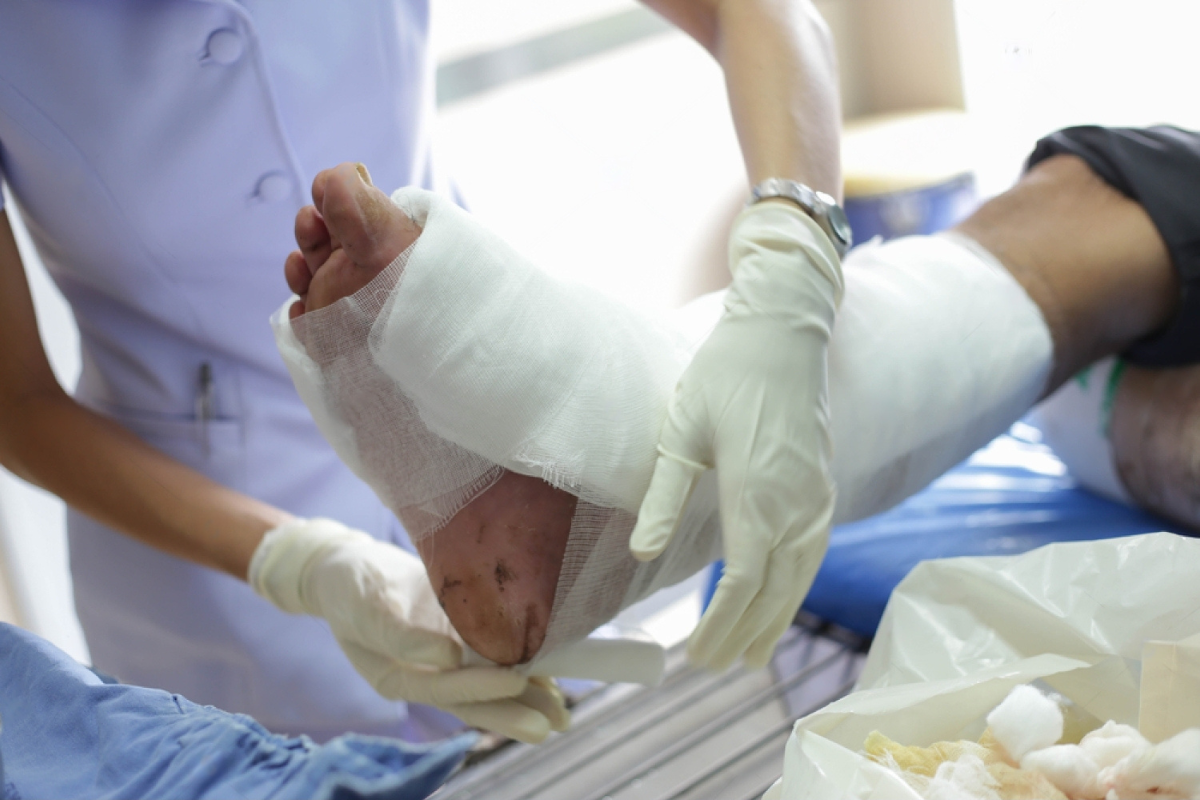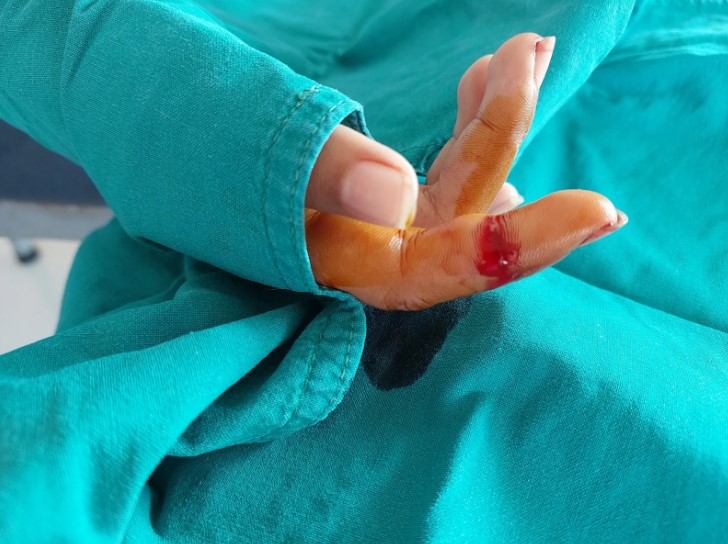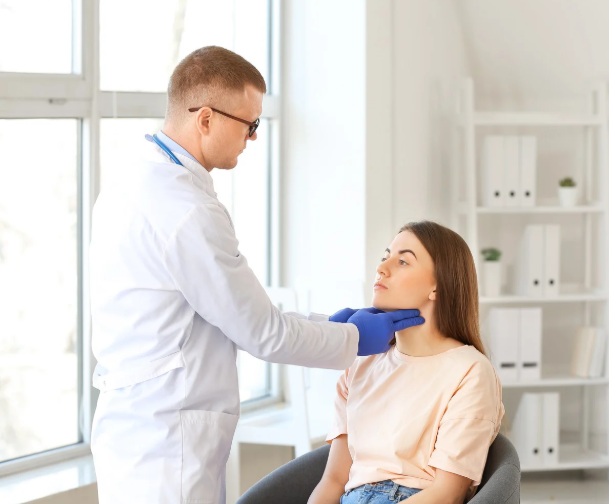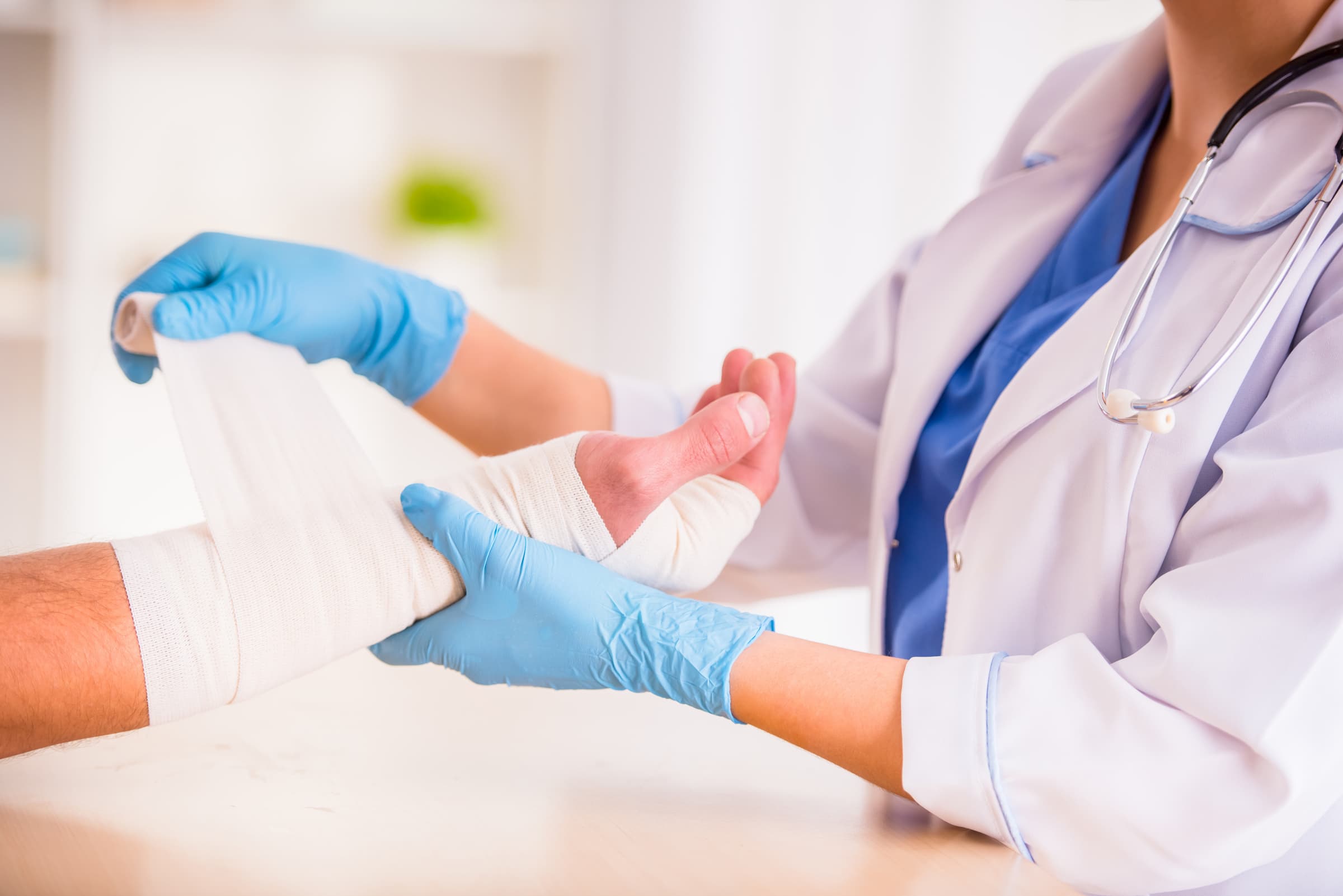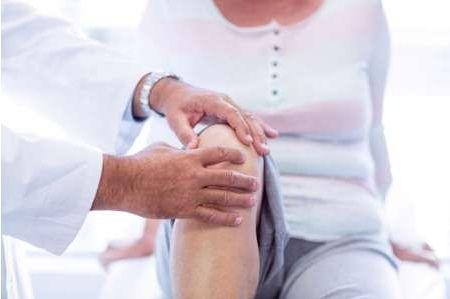Understanding Infected Wounds in Orthopedics
Infected wounds are a significant concern in orthopedic care, as they can impede healing and lead to severe complications if not managed promptly. Orthopedic wounds may result from trauma, surgery, or chronic conditions, and infections often occur when bacteria penetrate the skin and underlying tissues. Common causes include improper wound care, delayed treatment, or contamination during surgical procedures. Patients may notice redness, swelling, warmth, discharge, or an unpleasant odor, which are classic indicators of infection. Pain that intensifies rather than subsides, fever, and fatigue can also accompany wound infections, signaling the need for urgent medical attention. Early identification of these symptoms is crucial for preventing the infection from reaching deeper tissues, including bones and joints. Understanding how infections develop allows patients and caregivers to take proactive measures and seek specialized orthopedic care at the earliest signs.
Risks and Complications of Untreated Infected Wounds
Failure to address an infected orthopedic wound can lead to a cascade of complications that affect both recovery and overall health. One of the most serious risks is osteomyelitis, an infection of the bone that may require extensive surgical intervention. Chronic wounds can develop, prolonging healing times and increasing discomfort for the patient. Infections may also spread to surrounding tissues, joints, or the bloodstream, leading to systemic complications such as sepsis, which can be life-threatening. Beyond physical health, untreated wounds can limit mobility, reduce independence, and negatively impact quality of life. Delays in treatment may also result in scarring, tissue loss, and the need for more aggressive surgical procedures later. Recognizing these risks emphasizes the importance of seeking immediate orthopedic evaluation for any wound that shows signs of infection.
Diagnosis and Assessment Methods
Proper diagnosis is the foundation of effective orthopedic treatment for infected wounds. Clinicians begin with a thorough physical examination, assessing the wound’s size, depth, and signs of infection while considering the patient’s medical history. Laboratory tests, including wound cultures and blood work, help identify the specific bacteria responsible and guide targeted antibiotic therapy. Imaging techniques, such as X-rays, MRI, and CT scans, are often used to determine if the infection has reached bone or deeper tissues. Differentiating between superficial and deep infections is essential for developing an appropriate treatment plan, as deep infections often require more aggressive interventions. Patients with chronic conditions, such as diabetes, may require additional monitoring due to their higher susceptibility to severe infections. Combining clinical evaluation with diagnostic testing ensures that the orthopedic team can create a comprehensive and personalized care plan.
Orthopedic Treatment Approaches
Treatment for infected wounds in orthopedic patients typically involves a combination of wound care, antibiotics, and sometimes surgery. Wound cleaning, also called debridement, removes dead or contaminated tissue to prevent further bacterial growth and promote healing. Antibiotics are prescribed based on culture results and may be administered orally or intravenously, depending on the severity of the infection. Surgical intervention is sometimes necessary when infections spread to bones, joints, or implanted hardware. Advanced therapies, such as negative pressure wound therapy and hyperbaric oxygen therapy, can accelerate healing and reduce the risk of further infection. Multidisciplinary care, involving orthopedic surgeons, infectious disease specialists, and wound care nurses, is often crucial for complex cases. Early and aggressive treatment increases the likelihood of full recovery while minimizing complications and preserving mobility.
Post-Treatment Care and Rehabilitation
Recovery after orthopedic treatment for infected wounds requires careful follow-up and rehabilitation to restore function and prevent recurrence. Pain management is a key component, often involving anti-inflammatory medications and, in some cases, specialized pain therapies. Physical therapy helps patients regain strength, flexibility, and mobility in the affected limb or joint. Regular monitoring of the wound site ensures that any signs of reinfection are promptly addressed. Nutritional support and proper hydration play significant roles in tissue repair and immune function. Patients are often advised on lifestyle modifications, such as maintaining hygiene, avoiding strain on the affected area, and following medical guidance for medication adherence. Education on recognizing warning signs empowers patients to take an active role in their recovery. Post-treatment care combines medical oversight with patient engagement to achieve the best possible outcomes.
Preventive Measures to Reduce Infection Risk
Preventing infection in orthopedic wounds is far easier than treating it after it develops. Proper wound hygiene, including regular cleaning and sterile dressing changes, is essential for reducing bacterial contamination. Minor injuries should be managed promptly to prevent escalation into severe infections, especially in patients with compromised immune systems. Pre- and post-surgical care protocols, including sterilization, prophylactic antibiotics, and wound monitoring, significantly reduce infection risk. Patients are educated on warning signs, such as unusual pain, redness, or discharge, to encourage early reporting. Maintaining overall health through nutrition, exercise, and management of chronic conditions supports immune function and wound healing. Awareness and adherence to preventive measures can dramatically decrease the likelihood of infection and accelerate recovery when injuries do occur.
Frequently Asked Questions (FAQ)
How long does it take for an infected orthopedic wound to heal?
Healing times vary depending on the severity of the infection, the patient’s overall health, and adherence to treatment protocols. Superficial infections may heal within two to three weeks, while deeper bone infections can take several months and require ongoing care.
Can infections recur after treatment?
Yes, infections can recur, particularly if underlying causes such as chronic diseases, poor wound care, or implanted hardware remain. Regular monitoring and following medical advice help minimize this risk.
What are the warning signs that require immediate medical attention?
Rapid swelling, increasing pain, redness spreading beyond the wound, fever, and discharge with a foul odor are all warning signs that should prompt immediate consultation with an orthopedic specialist.
Are there alternatives to surgery for severe infections?
In some cases, advanced antibiotic therapy and non-invasive treatments like negative pressure wound therapy may reduce the need for surgery. However, infections involving bone or joints often require surgical intervention to prevent further complications.
How does age or chronic health conditions affect wound healing?
Older adults and patients with conditions like diabetes or vascular disease often experience slower healing and are at higher risk for infection. Personalized treatment plans and careful monitoring are essential for these individuals to ensure effective recovery.

